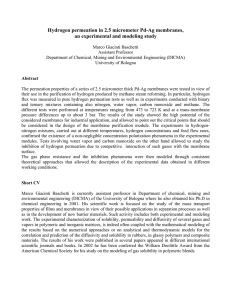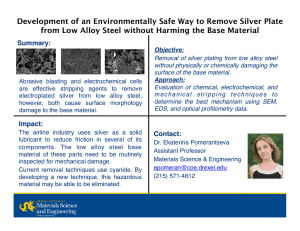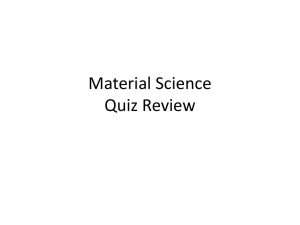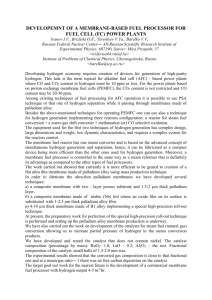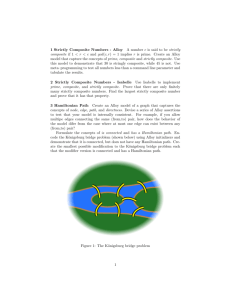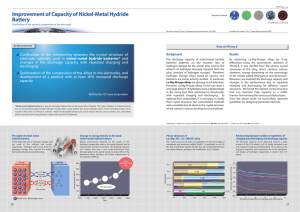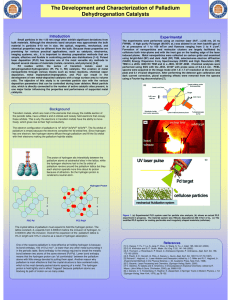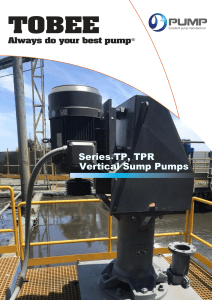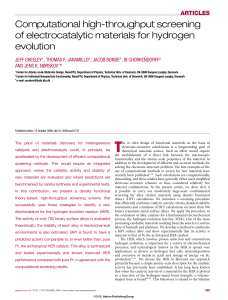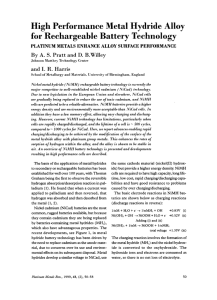Palladium Alloy Membranes for use in Hydrogen Separation
advertisement
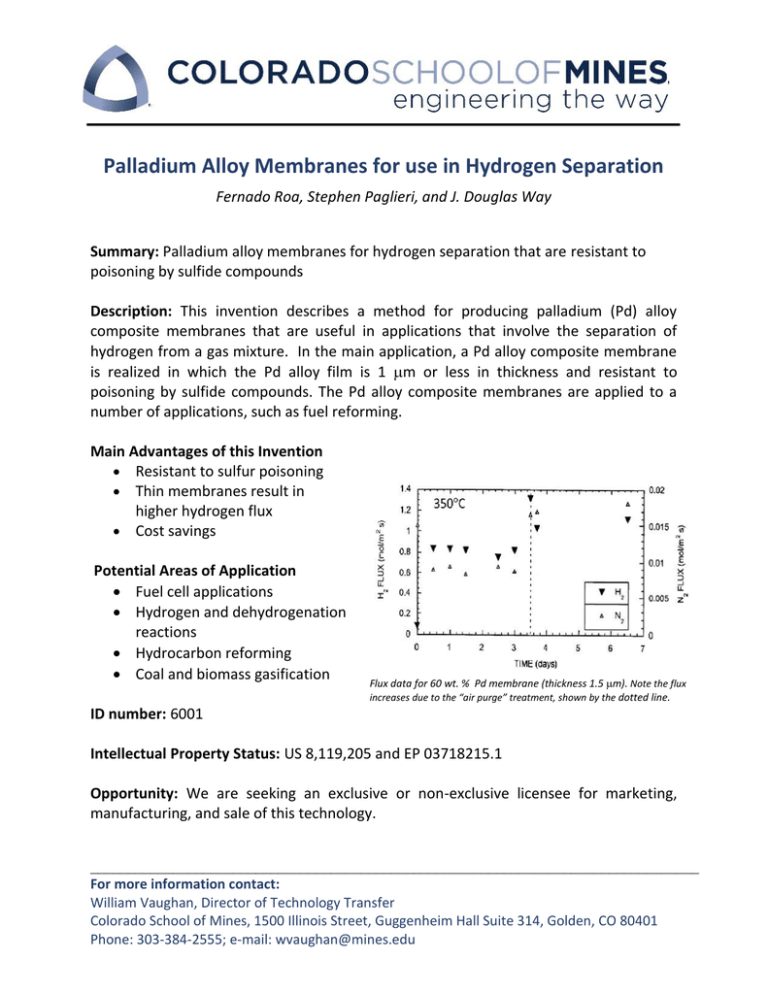
Palladium Alloy Membranes for use in Hydrogen Separation Fernado Roa, Stephen Paglieri, and J. Douglas Way Summary: Palladium alloy membranes for hydrogen separation that are resistant to poisoning by sulfide compounds Description: This invention describes a method for producing palladium (Pd) alloy composite membranes that are useful in applications that involve the separation of hydrogen from a gas mixture. In the main application, a Pd alloy composite membrane is realized in which the Pd alloy film is 1 m or less in thickness and resistant to poisoning by sulfide compounds. The Pd alloy composite membranes are applied to a number of applications, such as fuel reforming. Main Advantages of this Invention Resistant to sulfur poisoning Thin membranes result in higher hydrogen flux Cost savings Potential Areas of Application Fuel cell applications Hydrogen and dehydrogenation reactions Hydrocarbon reforming Coal and biomass gasification ID number: 6001 Flux data for 60 wt. % Pd membrane (thickness 1.5 m). Note the flux increases due to the “air purge” treatment, shown by the dotted line. Intellectual Property Status: US 8,119,205 and EP 03718215.1 Opportunity: We are seeking an exclusive or non-exclusive licensee for marketing, manufacturing, and sale of this technology. _________________________________________________________________________________ For more information contact: William Vaughan, Director of Technology Transfer Colorado School of Mines, 1500 Illinois Street, Guggenheim Hall Suite 314, Golden, CO 80401 Phone: 303-384-2555; e-mail: wvaughan@mines.edu


